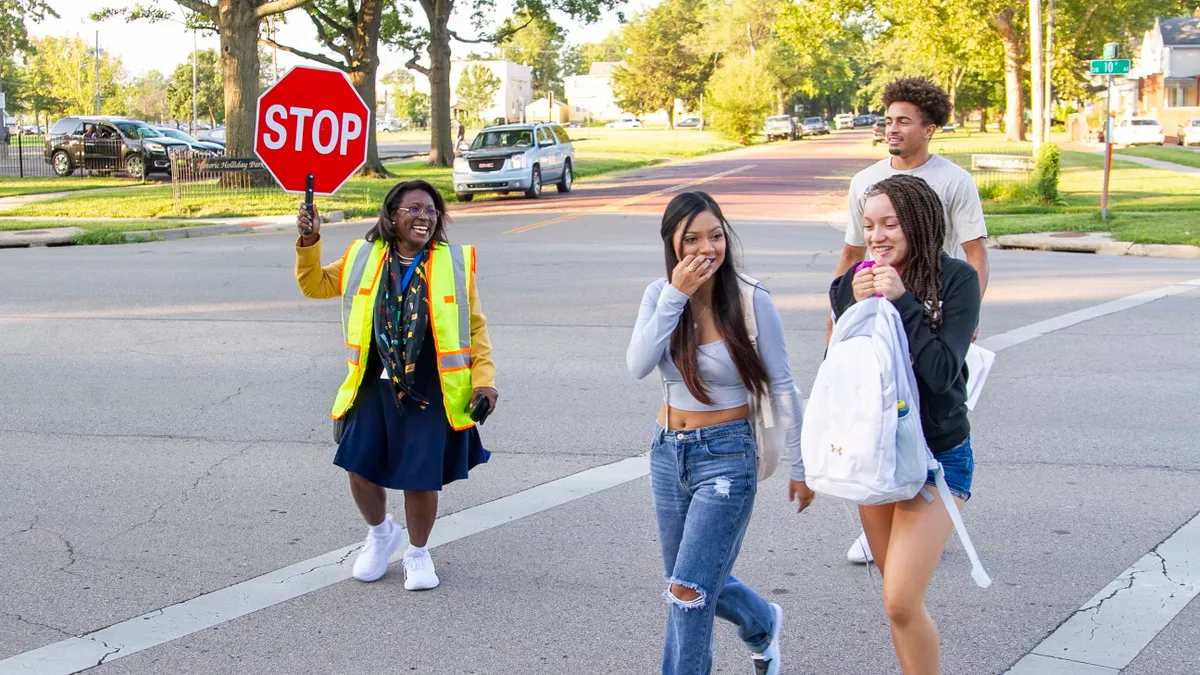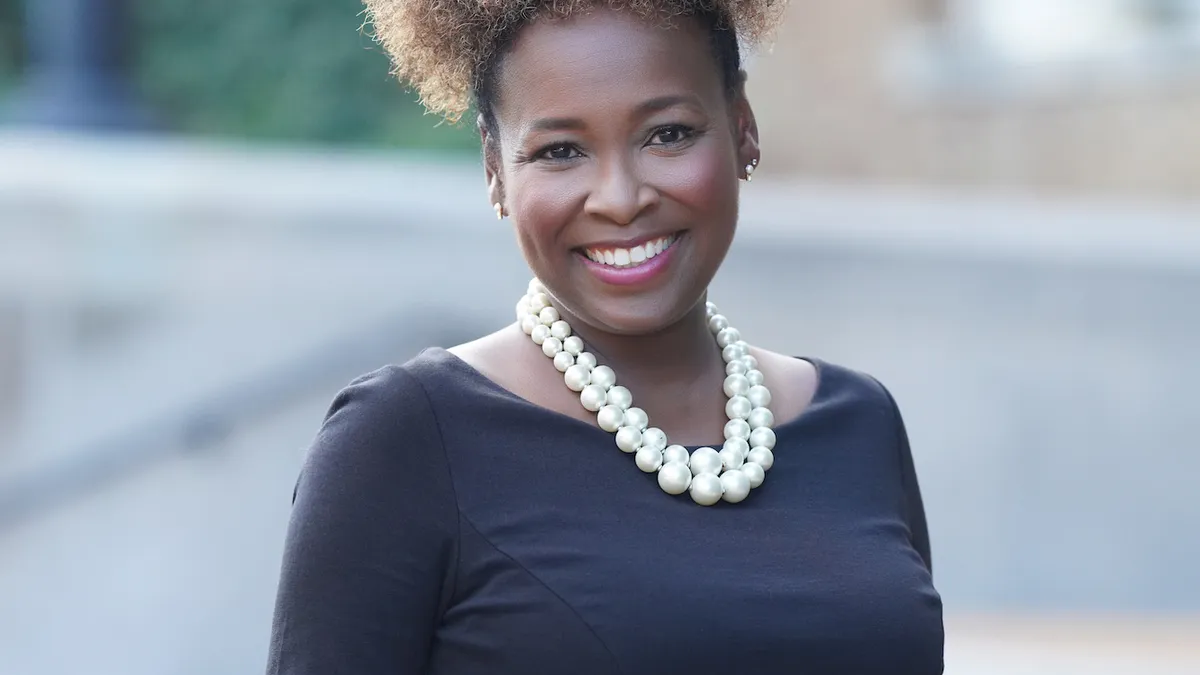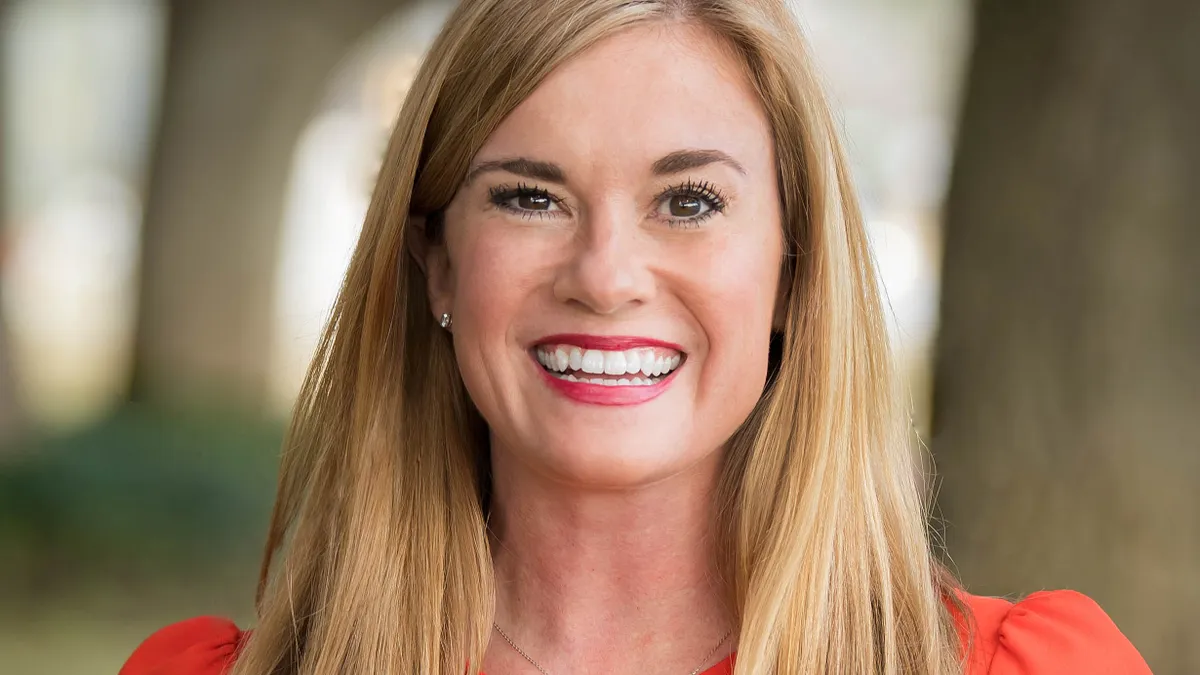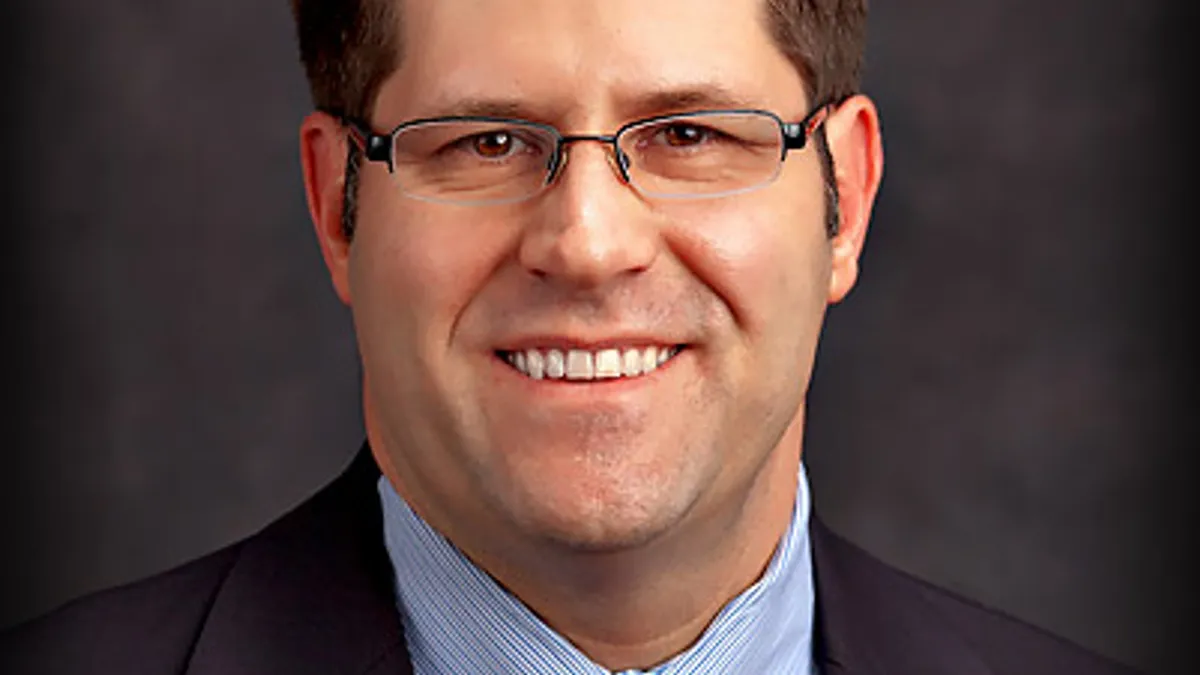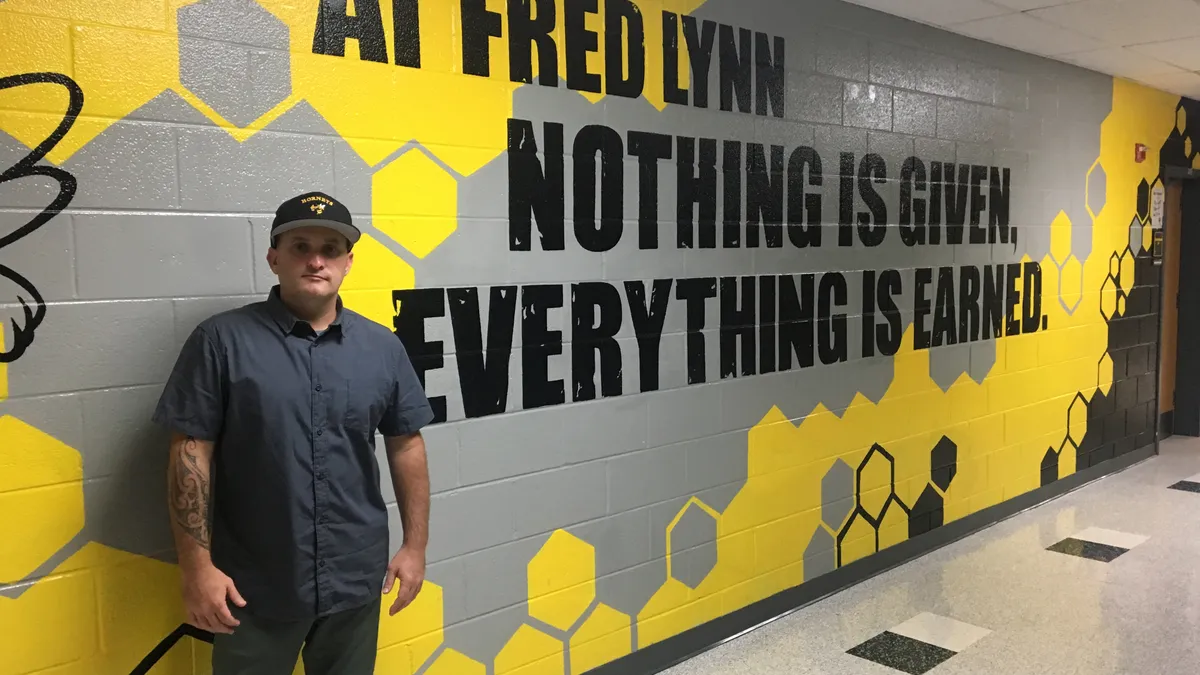Lessons In Leadership is an ongoing series in which K-12 principals and superintendents share their best practices and challenges overcome. For more installments, click here.
With the amount of attention given to keeping at-risk students from dropping out or, worse, being pushed into the school-to-prison pipeline, a growing body of neuroscientific research focuses on developing and implementing alternative approaches to behavioral interventions and school discipline.
Students with special education needs are among the population most at risk for the most negative outcomes of traditional discipline models, a fact that rings all too close to home for schools like Valley Day School in Morrissville, Pennsylvania. Designated by the state as an "approved private school," it receives some public funding to partially reimburse tuition for the 100 K-12 students it serves, all of whom have been identified as having a special education need with behavioral or emotional management.
"We kind of have the kids that, when their regular school is too overwhelming of an experience, they come to us," Education Director and Principal Jessica Milton told Education Dive.
We recently spoke with Milton and Executive Director Ron Hall to learn more about the school's approach, how they measure results and what advice they'd give to administrators interested in adopting a similar approach.
Editor's Note: The following interview has been edited for brevity and clarity.
EDUCATION DIVE: What inspired the school to explore taking a neuroscience-based approach to helping your student population?
RON HALL: That was one of my interests, prior to being hired, over the last 15 years or so. If you look at educational research, the cutting edge right now is understanding the brain. When you look at schools, what do they do? They manage behavior and they teach students. And to learn, you need memory, and everything happens in the brain.
So professionals, I think, really need to be experts in how the brain works and operates to be effective and efficient. We've just been learning so much in the last 10 to 12 years about how the brain works and operates.
Traditionally, when you look at biology and neuroscience, it’s kind of daunting. But now there are so many folks working to simplify and package and bring it into the classroom, it’s really an exciting time for bringing neural education into schools. You couldn't really say that 15 years ago, when there were just a handful of folks working in that area.
Are there specific challenges that using a neuroscience-informed approach help with in particular?
HALL: I think when we look at areas like, especially, classroom management, and you understand behavior and why people do what they do, I think it lends itself quite well to that. Whereas if you look at some of the traditional models of a very punitive-oriented type of [approach] when the first thing that the kids do on the first day is they get all the consequences of behavior in class. There's maybe some positive, but it’s mostly focused on the negative.
We're learning so much now about how we can better teach and manage behavior by focusing on the positive aspects, clearly defined behaviors and processes, and very intentional reinforcement strategies. When kids do the right things, they get hit with the right chemicals [in the brain], and you're more likely to get the behavior that you want. And that's one of the things that Jessica’s just great at — bringing in those reinforcement strategies.
JESSICA MILTON: Some of the challenges that we experience are really just making sure that the staff know and understand neurological principles. It's another thing to really authentically implement them in the classroom and your instruction, and to really get the students to have a real understanding of what is going on with their bodies — to identify what is going on and then to be able to use those strategies to make the right [behavioral] decision.
We're constantly doing professional development and making sure that, just as a leadership team, we're pushing into classrooms, offering teacher support, and making sure we are communicating with families to make sure that they're in the loop and also maybe transferring some of the things that we're doing at school into the home, as well.
A lot of your approaches are informed by the Bloom Sanctuary Model and Sanchez Resiliency Model. What are some of the most impactful results that you've seen from those angles, and how do you measure the impacts given that a lot of the biggest impacts are probably more qualitative than quantitative?
HALL: Like any school, there are basic benchmarks. We look at suspensions. We look at restraint. We look at referrals to our behavioral support program. We look at police involvement. One of the new things that we're going to be tracking closely, based on changes in federal special ed law, is the number of goals within an [individual education program] that are completed. When you look at our goals, at least half our goals for every child are behavior-oriented. So there are some metrics we can look at.
When you look at our general data on those points — we've been doing it over the last three years, and I'd even go back four years now — there are some really big things I'm proud of.
For example, four years back, when you looked at the number of emergency police calls — which [involved] kids who were so escalated that they were beyond our behavioral supports and we had to bring police in for extra help and support in processing behavior — it’s down by almost a little over 90%. Our restraints are down almost 70% in that period. So the numeric benchmarks are going in our direction.
MILTON: One of the things that Horacio Sanchez talks about is that negative behaviors are the result of neurobiological makeup. [Another] thing that he talks about is sound intervention strategies, and that's definitely something that we use here for students — so them being able to maybe eliminate distracting sound or being able to go to places like the sanctuary room, where it’s a little bit more of a quiet environment. I would say that’s one of the most helpful strategies that we use. And then really utilizing our clinical team to talk and debrief with the students, as far as what is going on inside of them and how are they feeling. What are the visible signs of frustration that they're seeing, and then what are those internal signs of frustration that they're feeling?
HALL: One of the things, too, on a global level, that you can't measure: If you look at the values that we put into behavior, we have a number of students who are now successful. If you bring some help and support and you can learn things, it takes all the [data] values out of it and it's something you can control, and you can get better and get stronger. I think it lends a greater level of also personal social safety. Kids feel better about themselves. It spirals up. That’s the direct philosophical point for the sanctuary model, getting that value judgment out of it for social safety.
What advice would you give to other administrators who are interested in implementing a more neuroscience-based approach?
MILTON: I would say definitely making sure that everybody on the leadership team is on the same page and really investing in training, and having a clear timeline on how to roll out the initiative so people aren't overwhelmed. The vocabulary can be daunting and the concepts can be a lot. Sometimes, your staff can just be a little bit scared of it. Knowing your staff and finding that balance of what are the high-leverage concepts that need to be applied, because you're transforming the organizational culture. Just understanding it’s not all going to happen in one year.
So finding those high-leverage concepts, having the leadership team really getting trained on it and calibrated so they all have the same lens, rolling it out in a way that's not overwhelming to staff, and then really following the rules and providing support and training for staff along the way.
HALL: Also taking a look at what are you going to be tethering to. What are the materials, who are the authors, what are the the models that you're looking at? Right now, there are so many options. It’s a great time to be doing this. So take your time and see what model works best for your group.

















